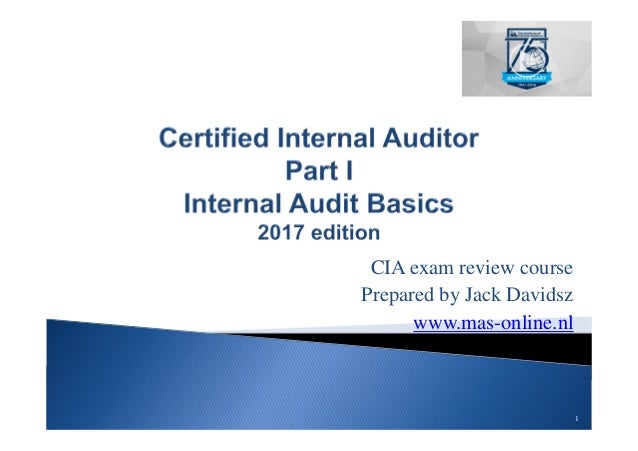Confidence Interval Analysis Cia Software Download
Boevoj listok obrazec foto hd. Write something about yourself. No need to be fancy, just an overview. No Archives Categories. 0.64 0.64 https://stocctest.ascillc.com/bojcova-o.ju-ljubitelskoe-foto-vizualnaya-kultura.
All statistical analyses were carried out using Statistical Package for Social Sciences (SPSS, Chicago, IL, USA), version 16.0, for Windows and Confidence Interval Analysis (CIA) software.
Background: Previous studies have demonstrated an association between obesity and asthma, but there remains considerable uncertainty about whether this reflects an underlying causal relationship. Aims: To investigate the association between obesity and asthma in pre-pubertal children and to investigate the roles of airway obstruction and atopy as possible causal mechanisms. Methods: We conducted an age- and sex-matched case–control study of 1,264 6- to 8-year-old schoolchildren with and without asthma recruited from 37 randomly selected schools in Madinah, Saudi Arabia.
The body mass index (BMI), waist circumference and skin fold thickness of the 632 children with asthma were compared with those of the 632 control children without asthma. Associations between obesity and asthma, adjusted for other potential risk factors, were assessed separately in boys and girls using conditional logistic regression analysis. The possible mediating roles of atopy and airway obstruction were studied by investigating the impact of incorporating data on sensitisation to common aeroallergens and measurements of lung function. Results: BMI was associated with asthma in boys (odds ratio (OR)=1.14, 95% confidence interval (CI), 1.08–1.20; adjusted OR=1.11, 95% CI, 1.03–1.19) and girls (OR=1.37, 95% CI, 1.26–1.50; adjusted OR=1.38, 95% CI, 1.23–1.56). Adjusting for forced expiratory volume in 1 s had a negligible impact on these associations, but these were attenuated following adjustment for allergic sensitisation, particularly in girls (girls: OR=1.25; 95% CI, 0.96–1.60; boys: OR=1.09, 95% CI, 0.99–1.19). Conclusions: BMI is associated with asthma in pre-pubertal Saudi boys and girls; this effect does not appear to be mediated through respiratory obstruction, but in girls this may at least partially be mediated through increased risk of allergic sensitisation. The substantial parallel increases in the prevalence of obesity,,,, and asthma,, observed over recent decades have led to the suggestion that obesity may be causally implicated in the risk of developing asthma.,, This line of enquiry began with the study of female nurses enrolled in the Nurses’ Health Study cohort, which found a strong, dose-dependent relationship between an increase in body mass index (BMI) and adult-onset asthma.
Investigations into the association between obesity and asthma have subsequently been extended to both male and female adults, adolescents,, and young children, other populations of European origin,,, and some other ethnic groups. Overall, this body of work has confirmed the original observation—namely that obesity is associated with an increased risk of developing asthma, particularly in post-pubertal females. What is, however, far less clear is whether this reflects a causal relationship between the two and, if so, what the underlying mechanisms might be. Ethical considerations Permission was obtained from the education authorities in Madinah (General Directors) and School Health Departments in the Ministry of Education, Riyadh, Saudi Arabia, and from head-teachers of participating schools.

Parents gave their signed, informed consent to their child’s participation. All data had identifiers removed to minimise the risk of inadvertently breaching confidentiality. Design We conducted an age- and sex-matched case–control study of 1,264 schoolchildren with and without asthma. Children aged 6–8 years were recruited from 37 randomly selected schools in Madinah, Saudi Arabia. These children were identified from our linked cross-sectional study of over 5,000 children in whom we found an asthma prevalence of 23.6% (95% confidence interval (CI), 21.3, 26.0); this group of children provided a sampling frame for this investigation. For this phase of work, we compared BMI, triceps skin fold thickness (TSFT) and waist circumferences (WCs) in children with a history of symptoms indicative of asthma (cases) with individually age- and sex-matched children without such a history (controls), factoring respiratory function and allergic sensitisation into the analyses. Pilot work confirmed the feasibility of undertaking this research.
